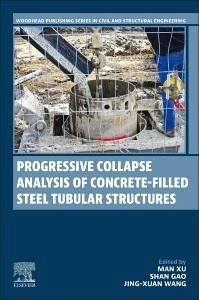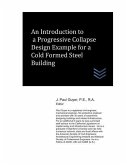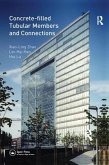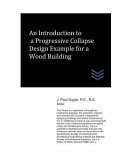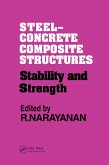Progressive Collapse Analysis of Concrete-filled Steel Tubular Structures looks at quantitative design, namely direct design and how catenary action plays a critical role in resisting progressive collapse. After the failure of a structural column due to abnormal loads, such as explosion, fire, or vehicle strikes, the loads acting on the damaged column tend to be redistributed through the beams connected to the damaged column. Catenary action would form in the beams and beam-column joints to resist vertical loads. The failure of beam-column joints would prevent the forming of catenary action, which would initiate local collapse and even the progressive collapse of structures. Even though a few studies had been conducted on the progressive collapse resistance of the RC and steel structures with brace members, the study on the effect of tensile steel brace on the collapse resistance of composite frame with CFST (Concrete-filled Steel Tubular Structures) columns has been rarely reported/examined.

